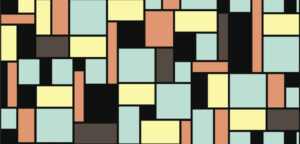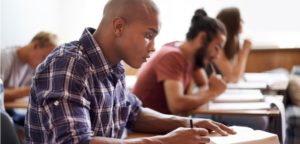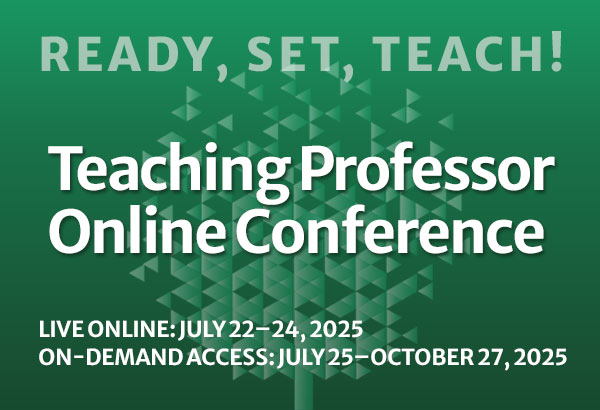
AI Study Aids for Improved Learning
Many students struggle with their education due to poor study skills. They wait until the last minute to cram for an exam, when spaced repetition of the material at set intervals across a course is a much more effective learning method. Many will also just












